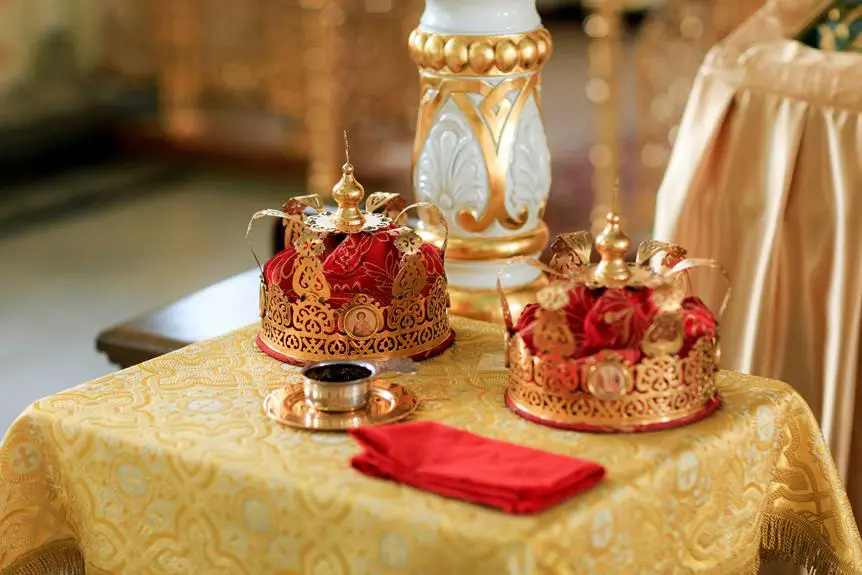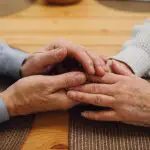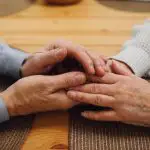Wondering which batting will make your table runners truly shine? Finding the perfect batting for your project can be a crucial step in achieving the ideal look and feel.
In this guide, we'll delve into the nuances of different batting types and help you determine the best option for your table runners. Whether you're aiming for a plush, luxurious finish or a sleek, modern aesthetic, we've got you covered.
By understanding the factors to consider and testing different battings, you'll be well-equipped to make an informed decision.
Let's explore the world of batting and elevate your table runners to the next level!
Key Takeaways
- Polyester batting is known for its durability and shape retention.
- Cotton batting offers a more traditional and natural feel.
- Consider the type of fabric used for the table runner when choosing batting.
- Conduct a loft test, compression test, and durability test to choose the best batting for your project.
Understanding Different Batting Types
When creating table runners, it's important to understand the different types of batting available to ensure your project meets your desired level of durability and texture.
Two common types of batting are polyester and cotton. Polyester batting is known for its durability and ability to maintain its shape, making it a great choice for table runners that will be frequently used and laundered. Its synthetic nature also makes it hypoallergenic and resistant to mold and mildew, which is advantageous for long-term use.
On the other hand, cotton batting offers a more traditional and natural feel. It provides a soft and drapeable texture, perfect for creating a more elegant and classic look for your table runners. Cotton is also breathable and has good heat resistance, making it suitable for table runners that may come into contact with hot serving dishes.
Understanding the advantages of each type of batting allows you to choose the one that best suits your specific needs for your table runners. Whether you prioritize durability, texture, or a combination of both, selecting the right batting is essential for achieving the desired outcome.
Factors to Consider When Choosing Batting
To ensure you select the most suitable batting for your table runners, consider the specific requirements of your project and the intended use of the finished product. When choosing batting, there are several factors to take into account:
- Fabric Choice: The type of fabric you'll be using for your table runner will influence your batting selection. For example, if you're working with delicate or lightweight fabrics, you may want to opt for a thin, low-loft batting to maintain the drape of the fabric. On the other hand, if you're using heavier fabrics, a thicker, high-loft batting may be more appropriate to provide the necessary structure and warmth.
- Thickness Options: Batting comes in various thickness options, often referred to as 'loft.' Consider the desired look and functionality of your table runner when choosing the loft of your batting. A low-loft batting will result in a flatter appearance, while a high-loft batting will give a more puffy, textured look.
- Intended Use: Think about how the table runner will be used. If it's mainly for decorative purposes, a thinner batting may be suitable. However, if it's intended for protection or insulation, a thicker batting might be more appropriate.
- Quilting Method: The method of quilting you plan to use can also impact your batting choice. Some battings are better suited for hand quilting, while others work best for machine quilting.
Considering these factors will help you make an informed decision when selecting the right batting for your table runners.
Best Batting for Plush Table Runners
Considering the specific requirements of your plush table runner project and the intended use of the finished product, carefully selecting the batting will be crucial for achieving the desired look and functionality. When choosing the best batting for plush table runners, you need to pay close attention to the thickness comparison and material durability. For a quick comparison, consider the following table:
| Batting Type | Thickness | Material Durability |
|---|---|---|
| Cotton Batting | Medium thickness | Moderate durability |
| Polyester Batting | Thinner | High durability |
| Wool Batting | Thickest | Excellent durability |
Cotton batting offers a medium thickness, making it suitable for a slightly padded plush runner, but it may compress over time. Polyester batting is thinner, providing a sleeker look, and it is highly durable, making it ideal for frequently used table runners. Wool batting, being the thickest option, offers excellent durability, ensuring that your plush table runner maintains its loft and shape for a long time. Carefully consider these factors to ensure your plush table runner not only looks stunning but also stands the test of time.
Best Batting for Sleek Table Runners
Selecting a thinner polyester batting is ideal for creating sleek table runners that offer a polished and durable finish.
When comparing different types of batting for sleek table runners, it's important to consider the specific attributes that will contribute to the desired sleek and polished appearance. Here are the key factors to consider:
- Low Loft: Opt for a batting with low loft to ensure that your table runner maintains a sleek and flat appearance without any puffiness.
- Polyester Material: Choose a polyester batting as it tends to be thinner and provides a smooth, wrinkle-resistant surface for your table runners.
- Needle Punched Batting: This type of batting is tightly compressed, making it an excellent choice for achieving a sleek and firm texture in your table runners.
- Minimal Shrinkage: Look for batting that has minimal shrinkage to ensure that your table runners retain their sleek and polished look even after washing.
Tips for Testing Batting for Your Project
Once you have selected a polyester batting with low loft for your sleek table runners, it's important to conduct a simple test to ensure it meets your project's requirements. Testing the batting before starting your project can save you time and effort in the long run. Here are some testing techniques and a batting comparison table to help you make an informed decision.
Batting Comparison Table
| Batting Type | Loft Level | Material | Durability | Price Range |
|---|---|---|---|---|
| Polyester | Low | Synthetic | High | $$ |
| Cotton | Medium | Natural | Medium | $$$ |
| Wool | High | Natural | High | $$$$ |
Testing Techniques
- Loft Test: Place the batting on a flat surface and check for its thickness. This will help you determine if it has the desired low loft for your sleek table runners.
- Compression Test: Apply pressure to the batting to see how well it retains its shape.
- Durability Test: Pull on the batting to test its strength and resilience.
Frequently Asked Questions
Can I Use the Same Batting for Both Plush and Sleek Table Runners?
Yes, you can use the same batting for both plush and sleek table runners. Consider material options and cost comparison, as well as thickness and durability characteristics when making your decision.
Are There Any Environmental Considerations When Choosing Batting for Table Runners?
When choosing batting for table runners, consider the environmental impact. Opt for sustainable materials like bamboo or organic cotton. These choices reduce environmental harm and align with sustainability considerations, supporting eco-friendly practices in your crafting.
Can I Pre-Wash the Batting Before Using It for My Table Runner Project?
Yes, you can pre-wash the batting before using it for your table runner project. It's a good idea, especially for natural fiber battings, to minimize shrinkage. Pre-washing can also help assess batting quality and durability.
How Do I Know if the Batting Is Compatible With the Quilting Design I Have in Mind for My Table Runner?
Choosing the right batting for your table runner can make all the difference in the finished product, but how do you know if it's compatible with your quilting design? Understanding different types of batting and their impact is key.
Are There Any Special Care Instructions for Table Runners Made With Specific Types of Batting?
For table runners made with specific types of batting, special care instructions may vary. Consider the batting compatibility with your quilting design. Always check the manufacturer's guidelines for washing, drying, and ironing to maintain the table runner's quality.
- Tetron Fabric for Marine Applications: Durability and Use Cases - June 18, 2025
- Tetron Fabric for Outdoor Furniture: Weather Resistance and Care - June 18, 2025
- Tetron Fabric for Wall Coverings: Style and Application Tips - June 18, 2025







